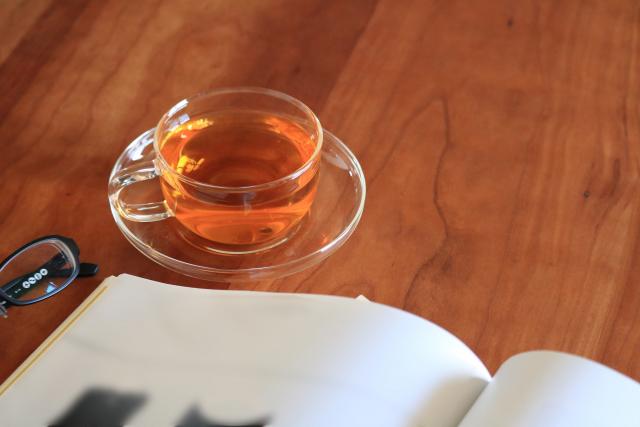
Summer is the season for barley tea.
Caffeine-free and rich in minerals, barley tea is the perfect tea to rehydrate when you're sweating. Barley tea is fragrant and sweet.(Don’t in suger)
You'll want to drink it cold.
We have told you more about Mugicha in another article, but this time we will explain the difference between adlay cha and Mugicha in the same barley.
What's the difference between HatoMugiTea(adley tea) and those that are only labeled as "barley tea"?
"Adlay" is used in a familiar grain-based tea blend.
The barley, the raw material for HatomugiTea, is often used in tea blends.
For example, "Adlay" is used in Jyurokucha & Sokenbicha, which is popular in Japan as a non-caffeine blended tea.
Difference between "Adlay tea" and barley tea

Adlaycha is made from Adlay, and barley tea is generally made from six-row barley.
Both pigeon and six-row barley are members of the grass family, but Adlay is more similar to corn than barley.
While six-row barley is harvested from May to June, Adlay is harvested from September to October, which is close to the rice harvest time.
In Japan, six-row barley is mainly grown in Toyama, Fukui, Ibaraki and Tochigi, and Adlay is grown in Tochigi, Toyama, Iwate and Shimane.
What are the benefits of Adlay tea? Is it good for you?

Adlay is also a raw material for YOKUININ, a well-known Chinese medicine, and YOKUINININ has long been known for its skin conditioning effects.
Adlay contains a protein called coikuceranoids, which is a unique ingredient in Adlay, which increases metabolism and It is said to promote skin turnover.
The acceleration of metabolism also smoothes out the flow of blood and lymphatic fluid, removes excess water and waste products It is also expected to have a water-diluting and detoxifying effect.
Compared to barley tea, Adlay contains superior beauty benefits that women should not overlook.
It is said that even the famous historical beauty, Queen Yang, liked it.
YOKUINININ is made from Adlay fruit, and when the fruit is roasted and boiled, it becomes Adlaycha.
Is "Adlay tea" caffeine free too?

Barley tea is known as a caffeine-free tea, and Adlaycha is also caffeine-free, just like barley tea.
It also contains less minerals than barley tea, which is made from six-row barley.
This tea has no caffeine content, making it ideal for drinking during the spring and summer months when water and minerals are often in short supply.
How does Adlay tea taste and flavour differ from barley tea?

How does the flavor and taste of Adlaycha differ from barley tea?
Adlay tea is available in fewer varieties than Mugicha, even in supermarkets, and there are only one or two of these teas.
The process of making Adlay tea is the same as for ordinary barley tea.
For water brewing, the pack is placed in water and brewed in the refrigerator for about 2 hours.

The color of the water is bright golden.
The color of the water is light compared to the color of barley tea, so if you think of barley tea, you may be thinking of barley tea that hasn't been brewed yet. It feels like.
When you drink it, it has a stronger aroma and taste than the apparent light blue color of the tea, with a savory and sweet taste. It has a slightly different flavor from barley tea, with a savory and sweet taste like brown rice. It feels like a tea. It has a peculiar impression than barley tea, but it is easy to drink and refreshing.
Adlay tea" is good for the skin.
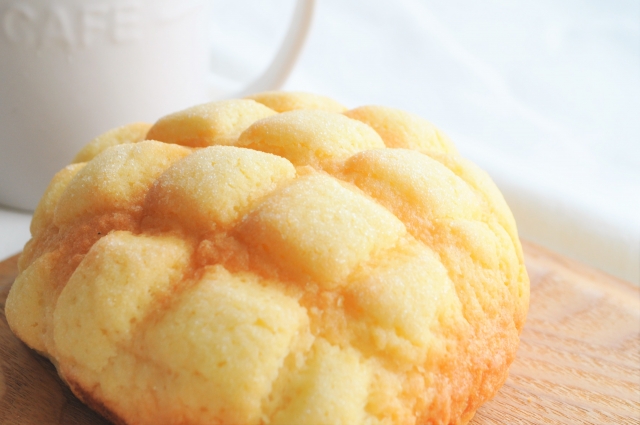

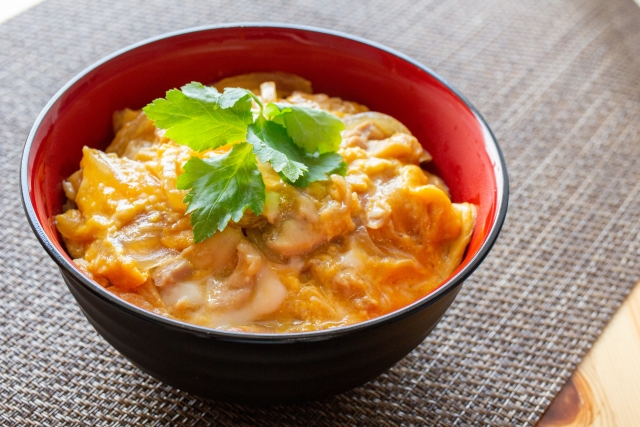


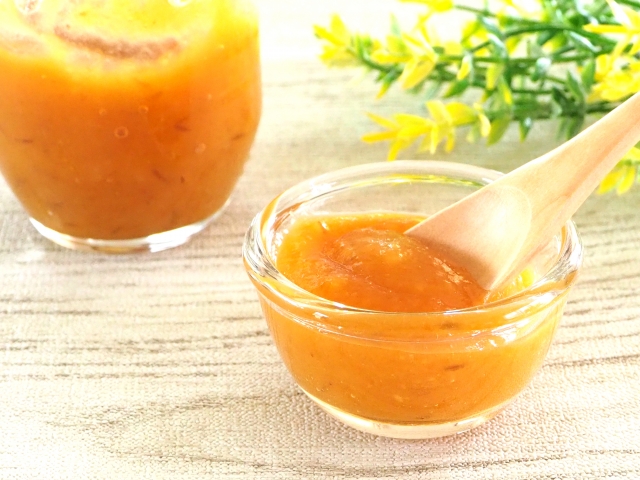
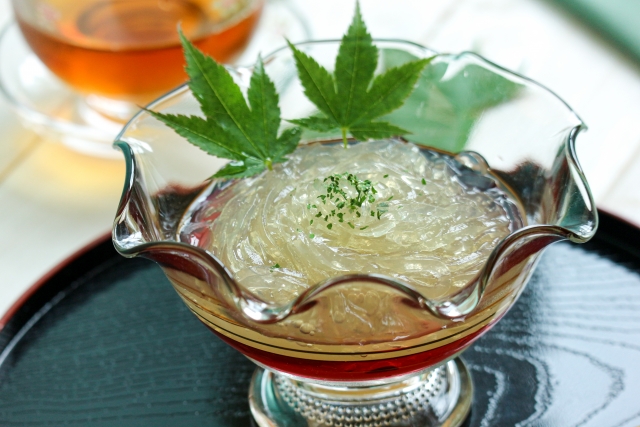
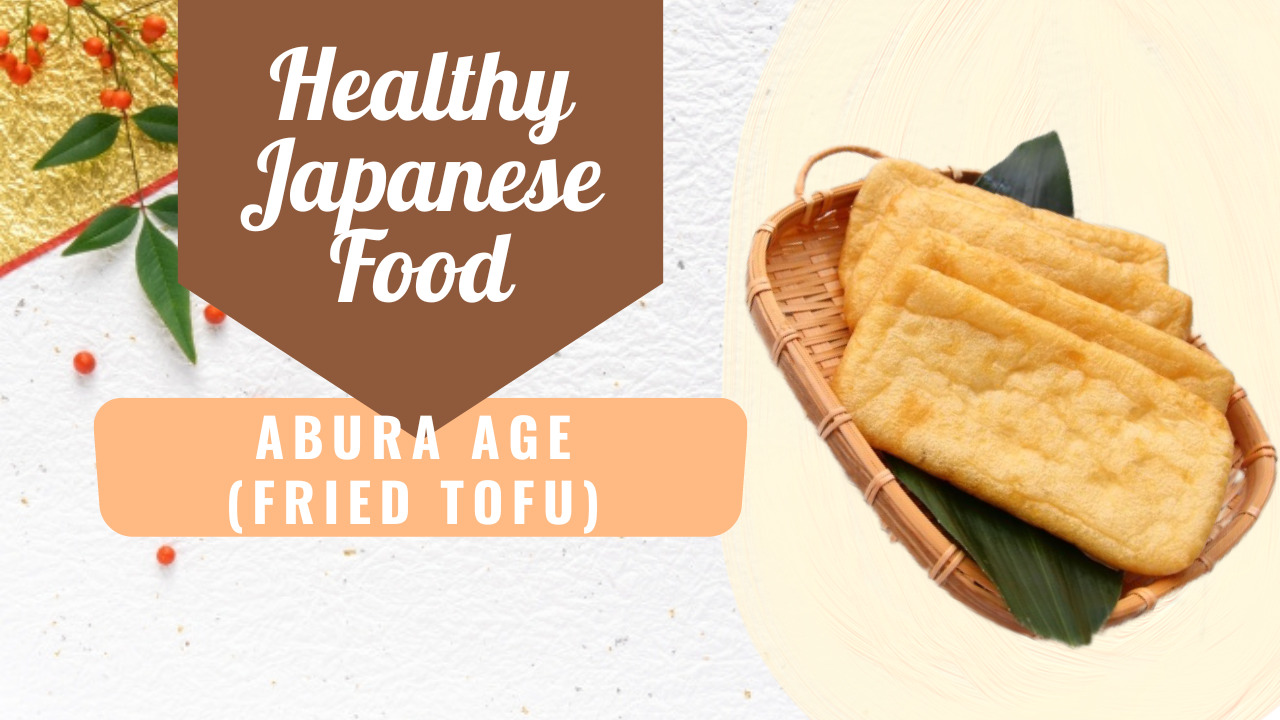





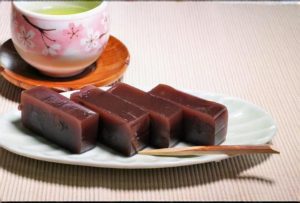



![●[Sashimi Konnyaku] and Japanese original konnyaku culture.](https://healthyjapanesefoods.com/wp-content/uploads/2020/06/1783186_s-1-150x150.jpg)

![●[Nutritional ingredients of miso] Charm of miso seen from 8 nutritional values~Let's make instant miso soup~](https://healthyjapanesefoods.com/wp-content/uploads/2020/04/misodama-1-150x150.jpg)
